Recently, the author encountered a particularly representative case. During a vision examination, the child's vision was very good when both eyes were tested. However, when testing each eye individually, it was discovered that one eye had myopia of -2.00D, which was overlooked. Because one eye could see clearly while the other couldn't, it was easy for this issue to be neglected. Neglecting the myopia in one eye can lead to a rapid increase in myopia, the development of refractive anisometropia in both eyes, and even the onset of strabismus.
This is a typical case where the parents did not immediately notice the myopia in one of the child's eyes. With one eye being myopic and the other not, it presents a significant level of concealment.
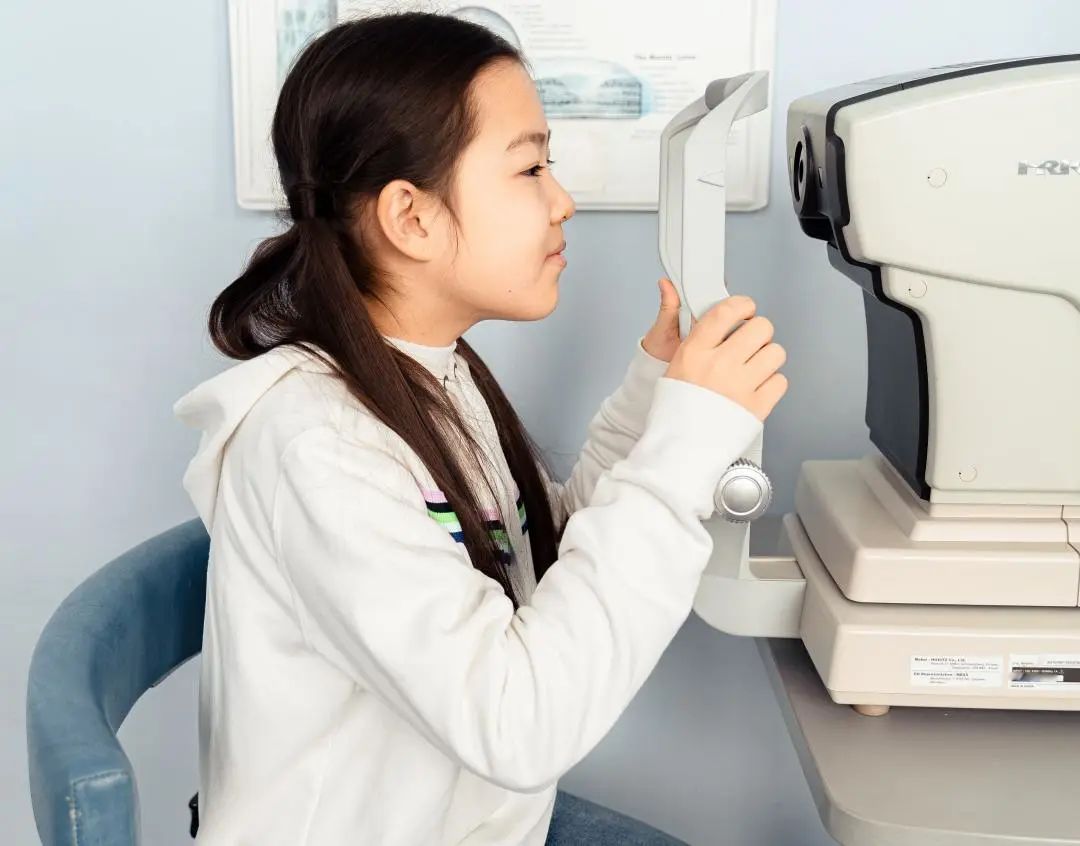
Causes of Monocular Myopia
Visual acuity in both eyes is not always perfectly balanced; there are often certain differences in refractive power due to factors such as genetics, postnatal development, and visual habits.
Apart from genetic factors, environmental factors are the direct cause. The development of monocular myopia is not instantaneous but rather a gradual process over time. When the eyes shift between near and far vision, there is an adjustment process known as accommodation. Just like a camera focusing, some eyes focus quickly while others do so slowly, resulting in varying levels of clarity. Myopia is a manifestation of issues with accommodation, where the eyes struggle to adjust when looking at distant objects.
Differences in refractive power between the two eyes, especially when the degree of difference is significant, can be understood simply as follows: Just as everyone has a dominant hand that is stronger and more frequently used, our eyes also have a dominant eye. The brain prioritizes information from the dominant eye, leading to better development. Many people have different visual acuity in each eye; even without myopia, there can be variations in visual acuity between the two eyes.
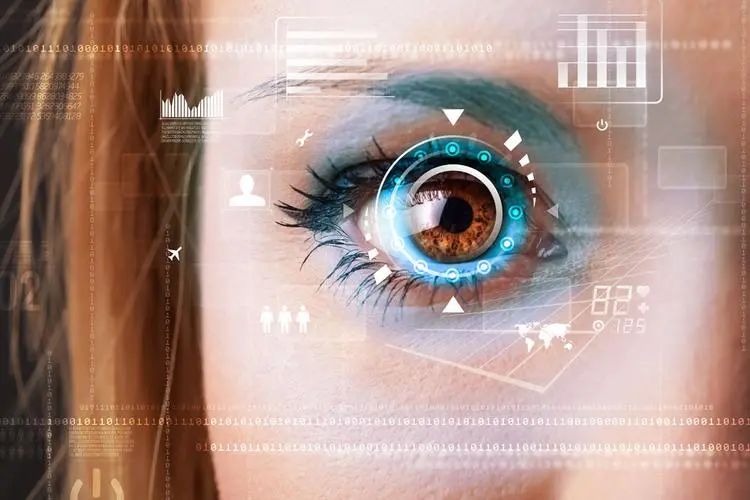
Unhealthy visual habits can lead to the development of monocular myopia. For example, staying up late watching TV dramas or reading novels, or lying on one side while viewing can easily contribute to this condition. If the degree of myopia in one eye is small, less than 300 degrees, it may not have much impact. However, if the degree of myopia in one eye is high, exceeding 300 degrees, symptoms such as eye fatigue, eye pain, headaches, and other discomforts may occur.

Simple Method to Determine Dominant Eye:
1. Extend both hands and create a circle with them; look at an object through the circle. (Any object will do, just choose one).
2. Cover your left and right eyes alternately and observe if the object inside the circle appears to move when viewed with one eye.
3. During the observation, the eye through which the object moves less (or not at all) is your dominant eye.
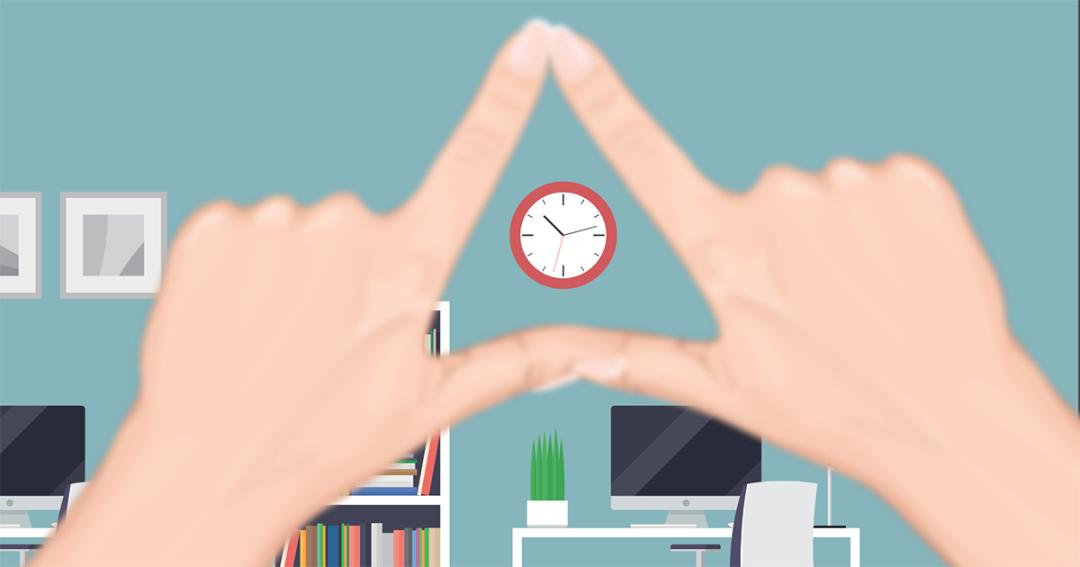
Correction of Monocular Myopia
Monocular myopia can affect the vision of the other eye. When one eye has poor vision and struggles to see clearly, it will inevitably force the other eye to work harder, leading to a strain on the better eye and a decrease in its visual acuity. One obvious drawback of monocular myopia is the lack of depth perception when viewing objects with both eyes. The eye with myopia has poorer visual function and acuity, so it will try to use its own accommodation to see the target clearly. Prolonged excessive accommodation can accelerate the progression of myopia. Without timely correction of monocular myopia, the myopic eye will continue to worsen over time.
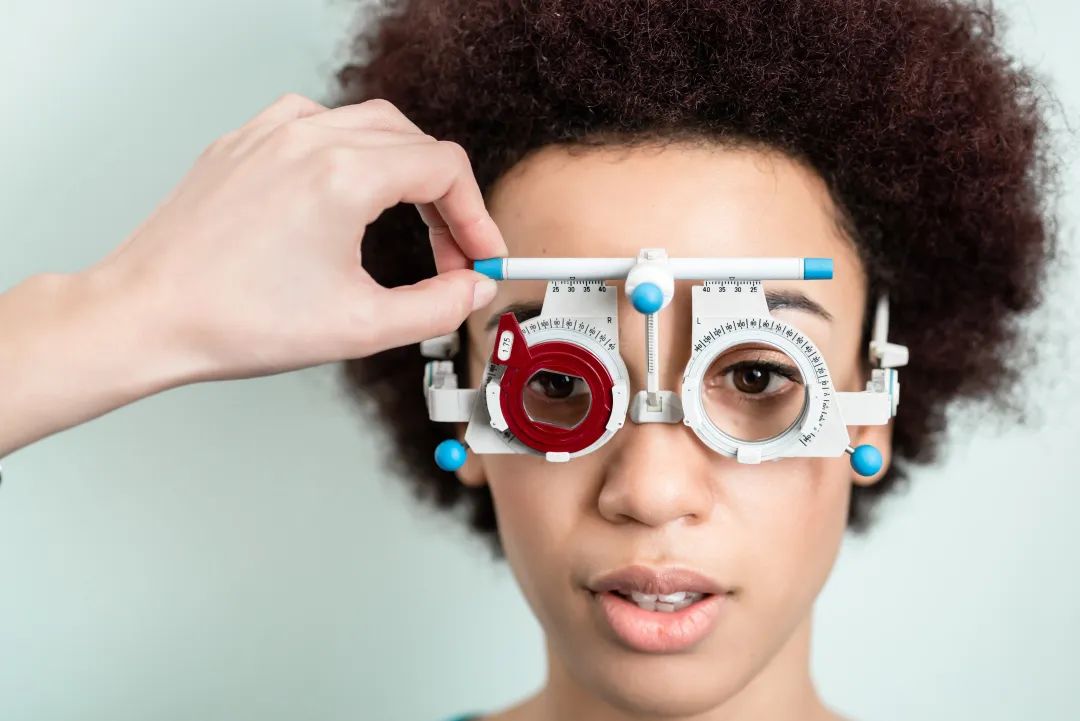
1. Wearing Glasses
For individuals with monocular myopia, corrective measures can be taken in daily life by wearing glasses, effectively improving visual impairments related to monocular myopia. One can choose to wear glasses with prescription for one eye only, while the other eye remains without prescription, which can help alleviate myopia after adjustments.
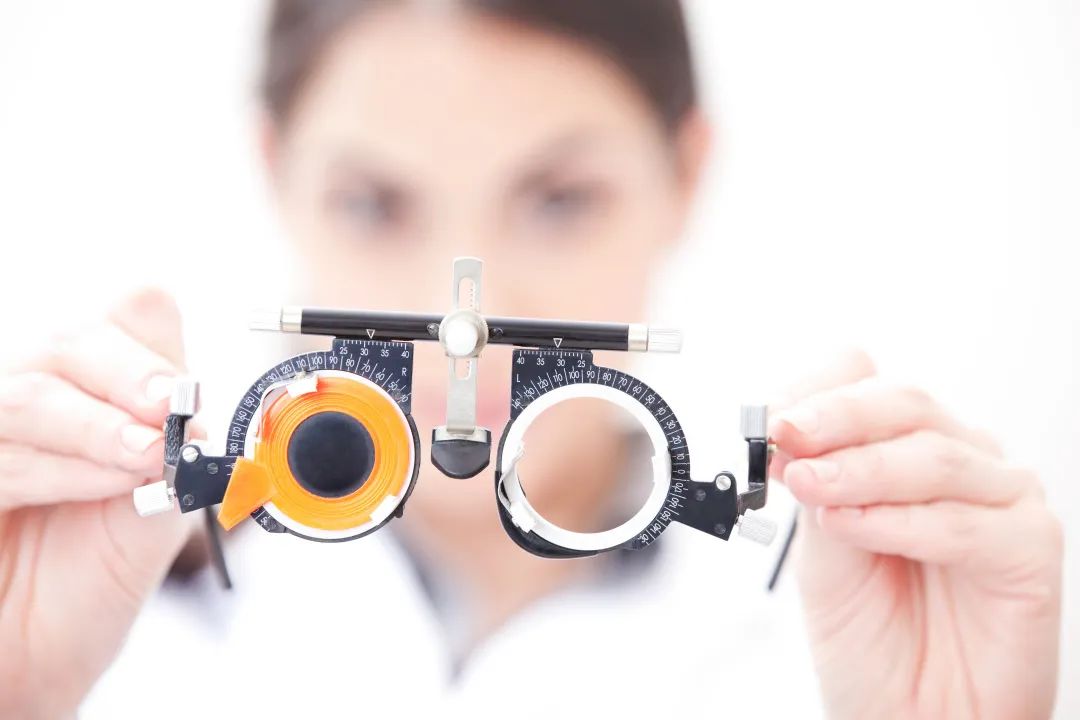
2. Corneal Refractive Surgery
If there is a significant difference in refractive error between both eyes and monocular myopia has greatly impacted one's daily life and work, corneal refractive surgery can be an option for correction. Common methods include laser surgery and ICL (Implantable Collamer Lens) surgery. Different procedures are suitable for different patients, and the right choice should be made based on individual circumstances. Active correction is the correct choice.
3. Contact Lenses
Some individuals may opt to wear contact lenses, which can moderately adjust the vision of the myopic eye without the awkwardness of wearing framed glasses. This is a good option for some fashion-conscious individuals with monocular myopia.

Harms of Monocular Myopia
1. Increased Eye Fatigue
The perception of objects through the eyes is actually the result of both eyes working together. Just like walking with two legs, if one leg is longer than the other, there will be a limp while walking. When there is a significant difference in refractive errors, one eye focuses on distant objects while the other eye focuses on nearby objects, leading to a decreased ability of both eyes to adjust. This can result in excessive fatigue, rapid decline in vision, and eventually presbyopia.
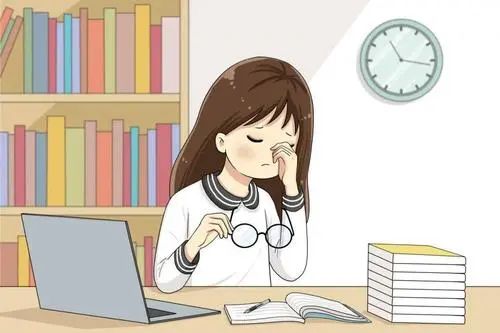
2. Faster Decline in Vision of the Weaker Eye
According to the principle of "use it or lose it" in biological organs, the eye with better vision is frequently used, while the weaker eye, due to infrequent use, gradually deteriorates. This leads to worsening vision in the weaker eye, eventually affecting the decline in vision of both eyes.

3. Development of Strabismic Amblyopia
For children and adolescents in the visual development stage, if there is a significant difference in refractive errors between both eyes, the eye with better vision sees objects clearly, while the eye with poorer vision sees them as blurry. When one eye is in a state of underuse or non-use for an extended period, it can affect the brain's judgment of clear image formation, thereby suppressing the function of the weaker eye. Prolonged effects can impact visual function development, leading to the formation of strabismus or amblyopia.
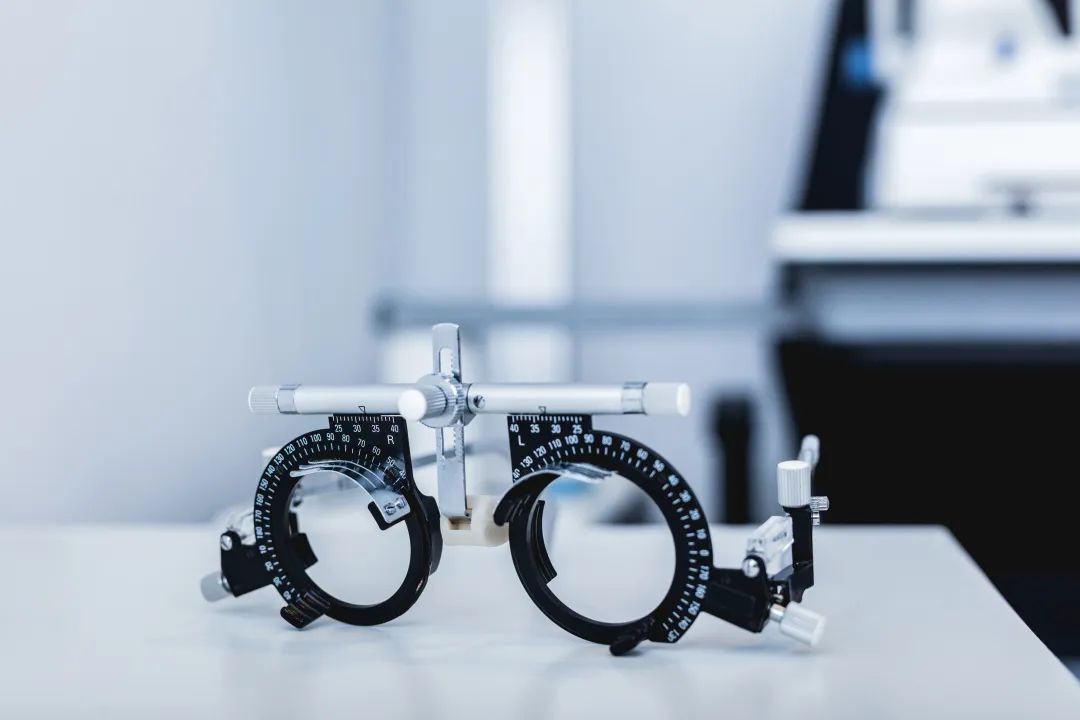
In the end
Individuals with monocular myopia generally have poor eye habits, such as tilting or turning their heads when looking at nearby objects in daily life. Over time, this can lead to the development of monocular myopia. It is especially important to observe children's eye habits, as the way they hold a pen while studying is also crucial; improper posture can also contribute to monocular myopia. It is important to protect the eyes, avoid eye fatigue, take breaks every hour when reading or using a computer, rest the eyes for about ten minutes, avoid rubbing the eyes, and maintain good eye hygiene.

In cases of monocular myopia, corrective framed glasses can be considered. If someone has never worn glasses before, there may be some discomfort initially, but with time, they can adapt. When there is a significant difference in refractive errors between both eyes, vision training may also be necessary to address visual issues in both eyes. It is important to ensure consistent wearing of glasses for monocular myopia; otherwise, the difference in vision between both eyes will increase, weakening the ability of both eyes to work together.
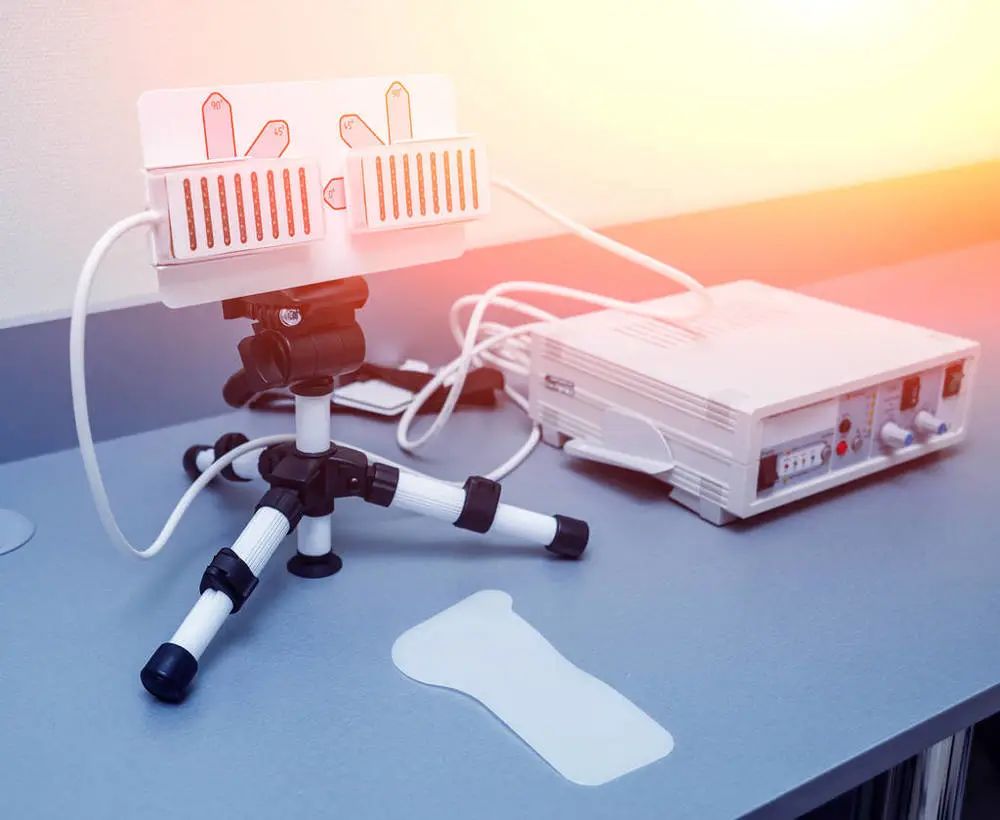
Post time: Jul-12-2024

